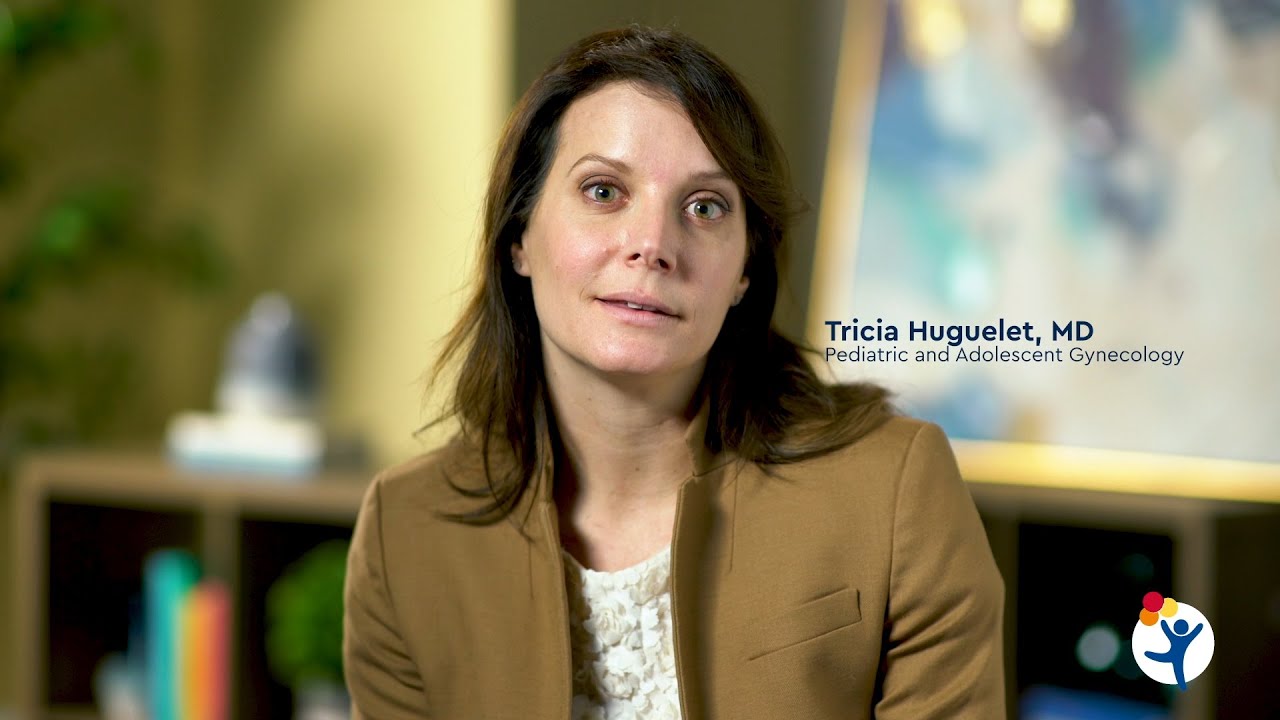Top 7 Most Common Gynecological Diseases
Gynecologic illnesses affect the female reproductive system. Infections, problems with the endocrine system, benign and malignant tumors, illnesses related to pregnancy, and cancer are all examples of these conditions. Malignant tumors are the leading cause of death among them.
Author:James PierceReviewer:Karan EmeryDec 27, 20229 Shares480 Views

In general, gynecologic illnesses affect the female reproductive system. Infections, problems with the endocrine system, benign and malignant tumors, illnesses related to pregnancy, and cancer are all examples of these conditions. Malignant tumors are the leading cause of death among them.
See the top 7 most common gynecological diseaseson this list, and arm yourself with knowledge about how to avoid them.
Adnexitis
Inflammation in the ovaries or fallopian tubes is a result of adnexitis. About one in five women who get adnexitis may become infertile as a result of this inflammation. In the beginning, a woman's body's bacteria cause adnexitis. Adnexitis can also develop if a woman returns to having active intercourse too soon after giving birth.
If you suspect pelvic or uterine inflammation, it is advised that you seek immediate medical attention. In terms of both the frequency of incidence and the number of cases, this is one of the most prevalent gynecological disorders. Consult your OBGYN right away if you experiencing the urge to urinate, fever, sex pain, or back pain.
Dysmenorrhea
Menstrual discomfort that is severe enough to interfere with daily life is a symptom of one of the gynecological illnesses known as dysmenorrhea. The two subtypes of dysmenorrhea are primary and secondary.
In contrast to secondary dysmenorrhea, primary dysmenorrhea is unrelated to any underlying pelvic disease. It generally happens throughout adolescence and occurs right around ovulation. The pain disappears on its own after the woman becomes pregnant or gives birth. The usual age of onset is between 12 and 14. The discomfort usually starts a few hours before menstruation begins and lasts for a few hours, but it can occasionally last all day.
Secondary dysmenorrhea may occur when there is an underlying pelvic health problem. Common causes include pelvic endometriosis, uterine fibroids, chronic pelvic infections, copper-T implantation in the uterus, and more. Patients are typically thirty-something mothers. Three to five days before the period is due, the pain starts, then it goes away once the bleeding starts.
Amenorrhea
The absence of menstruation is known as amenorrhea. This phenomenon can be divided into two categories: physiological and pathological. Pre-adolescence, during pregnancy and lactation, and post-menopause are the times when physiological amenorrhea occurs.
Pathological amenorrhea, which includes primary and secondary amenorrhea as well as cryptomenorrhea, is a condition that develops in conjunction with other women's health problems.
Menstruation is absent due to a flow restriction in cryptomenorrhea. Girls who haven't started menstruating by the age of 16 are said to have primary amenorrhea, which is frequently caused by disorders with the thyroid, adrenals, chromosomes, etc.
Adult women who have not had their period for six months or longer may experience secondary amenorrhea as a result of PCOS, diabetes, tumors, malnutrition, stress, and other factors.
Polycystic Ovaries Syndrome (PCOS)
One of the most prevalent gynecological issues impacting young women is PCOS. A hectic and sedentary lifestyle is regarded to be the primary contributor to this issue.
The disorder is characterized by abnormally high levels of testosterone produced by the ovaries. The ovaries are larger than normal and there are numerous follicular cysts, each measuring between two and nine millimeters in diameter.
Patients frequently experience weight gain, irregular periods, infertility, hirsutism, and skin conditions like acne. They develop insulin resistance and are more prone to diabetes.
Uterine Fibroids
The most frequent benign tumors that can have an impact on a woman's gynecological health are uterine fibroids. Uterine fibroids affect 20% of women over the age of 30. Most of them exhibit no symptoms of sickness. They are more likely to develop in women who never had children or who lost their ability to conceive after having a child.
The typical symptoms include infertility, poor sexual experiences, heavy or irregular menstrual bleeding, dysmenorrhea, repeated pregnancy loss due to miscarriage or early births, pelvic and lower abdominal pain, and abdominal enlargement.
Endometriosis
This is a widespread gynecological condition that many women experience. The cells that normally form inside your uterus when you have endometriosis are now developing outside of your uterus. There are numerous birth difficulties and other delivery-related issues that might cause this. Endometriosis can also occur as a result of fibroids and recurring infections.

Painful Periods, Dysmenorrhea and Endometriosis
Vaginitis
Vaginal infection and inflammation are referred to as vaginitis. It is a very common gynecological problem in children due to the lack of estrogen and the ensuing collapse of estrogenic vaginal defense. Microbial infection is the main cause of vaginitis in the reproductive years.
Trichomonas vaginalis is the causative agent of Trichomonas vaginitis. The amount of vaginal discharge increases suddenly, is unpleasant with a foul smell, and has a yellowish-green hue. Urination is painful and occurs more frequently.
Candida albicans, a yeast, is what causes Candida vaginitis, sometimes referred to as moniliasis. Discharge is accompanied by painful sexual activity and severe vulvovaginal itch. Discharge that is thick, curdy, white, and flaky adheres to the vaginal wall.
People Also Ask
What Is The Most Common Gynecological Problem?
Cervical dysplasia, menstrual disorders, and pelvic floor prolapse are the three most common gynecological problems.
What Are The Gynecological Issues' Causes?
Lack of sleep, a poor diet, and stress: Stress and worry can lead to hormonal imbalances that have a negative impact on women's physical health. These imbalances can result in irregular menstrual cycles, menstrual cycle delays, changes in the microbiome and pH of the vagina, which can lead to gynecological problems.
What Constitutes A Severe Gynecological Disease?
In general, gynecologic illnesses affect the female reproductive system. These conditions include infections, endocrine disorders, benign and malignant tumors, illnesses connected to pregnancy, and cancer. Malignant tumors are the leading cause of death among them.
What Illnesses Are Treated By A Gynecologist?
They identify and handle conditions affecting the reproductive system include endometriosis, infertility, ovarian cysts, and pelvic pain. They might also provide care for those who have cervical, ovarian, or other reproductive malignancies. Some gynecologists also work as obstetricians, providing care for expectant mothers and new mothers.
Final Words
These top 7 most common gynecological diseases impact female reproductive organs and are the most prevalent in the field of gynecology. Major health issues may be avoided with regular examinations and a keen ear for your body's warning signs.

James Pierce
Author

Karan Emery
Reviewer
Latest Articles
Popular Articles